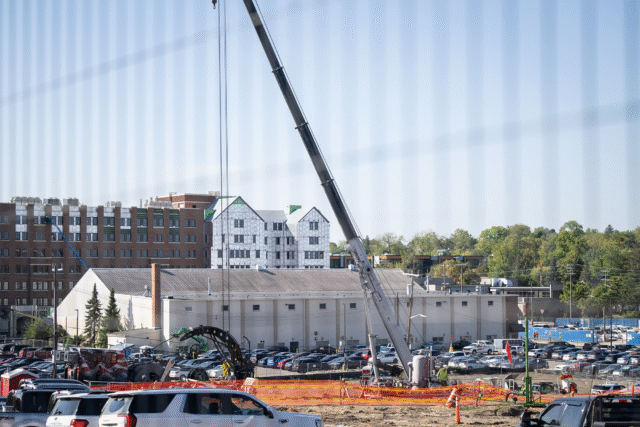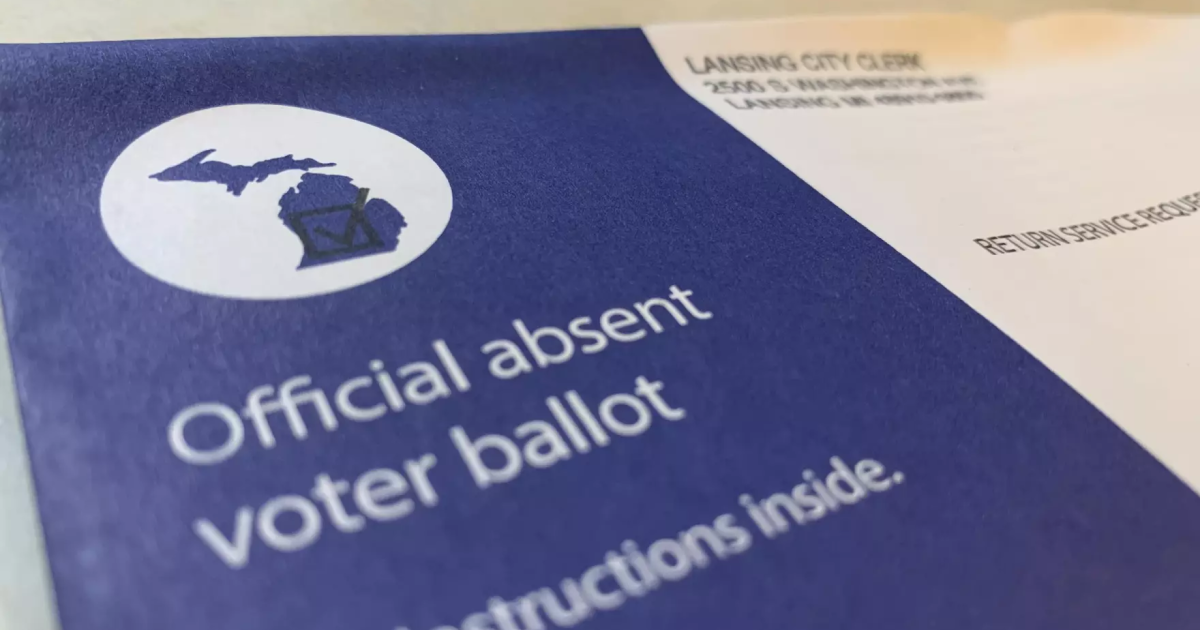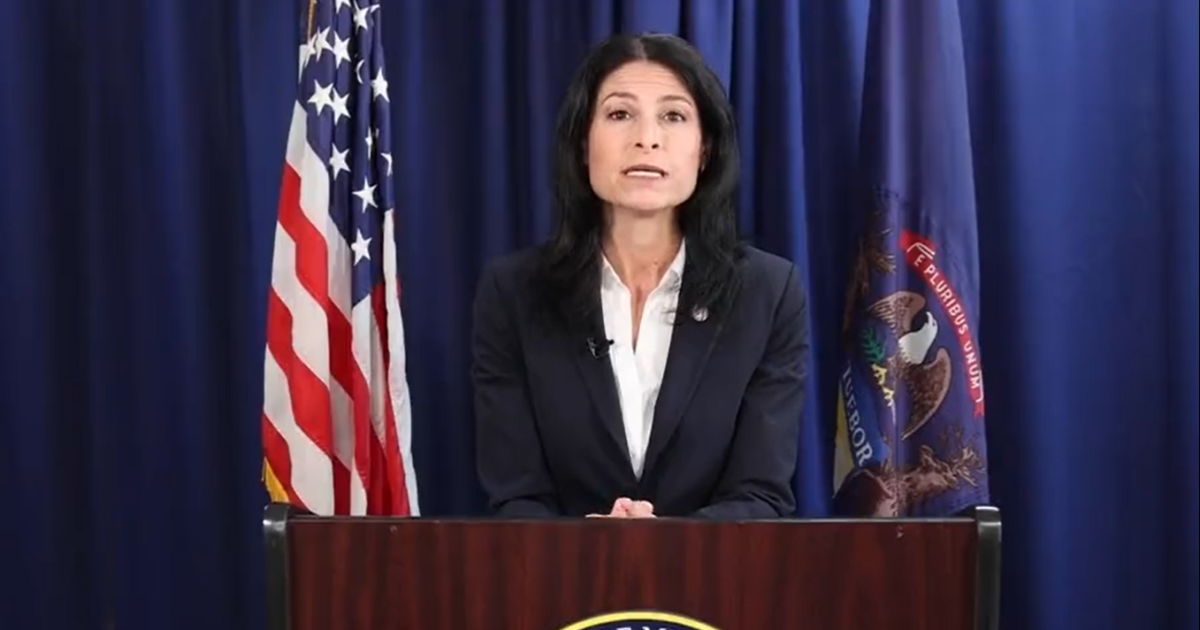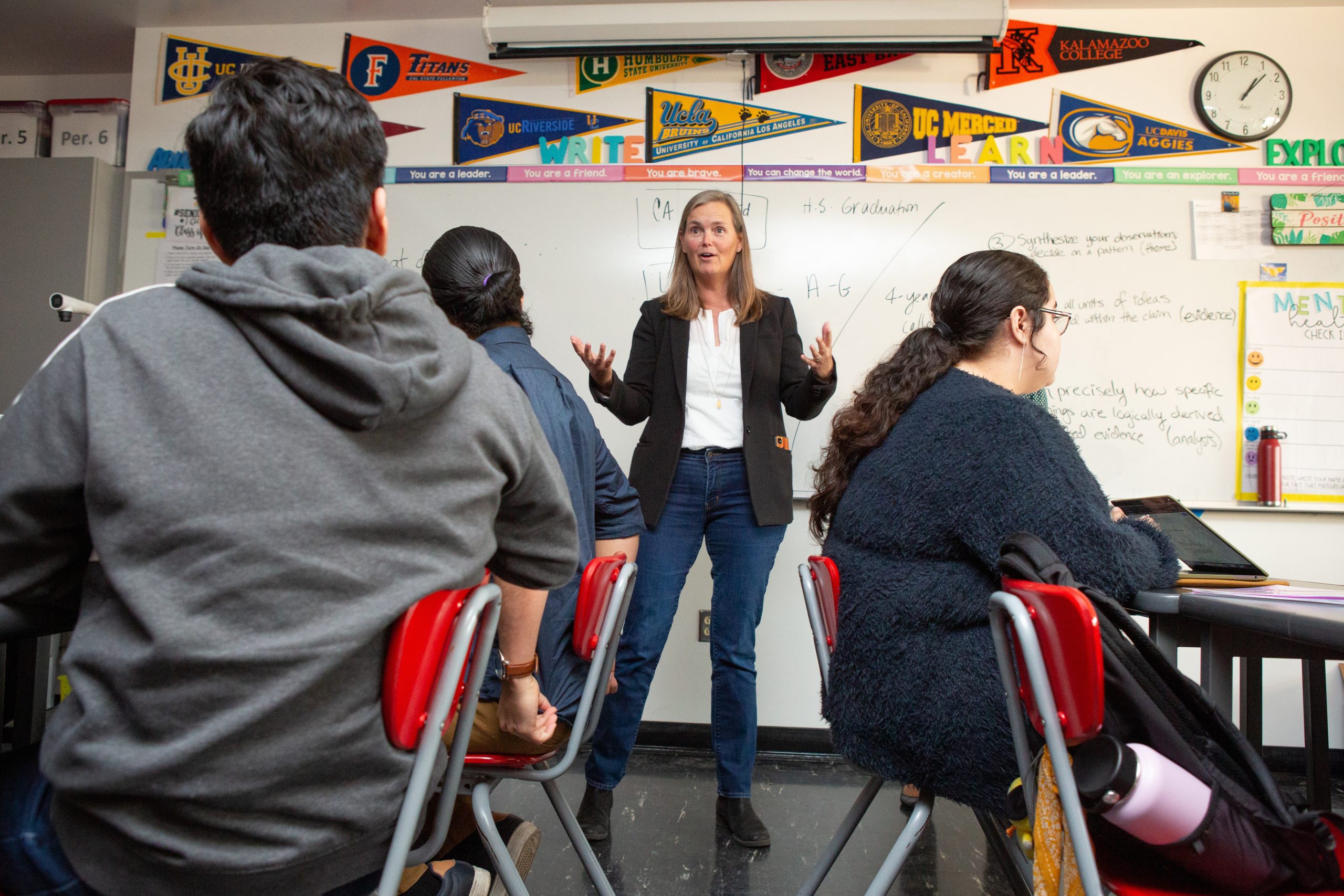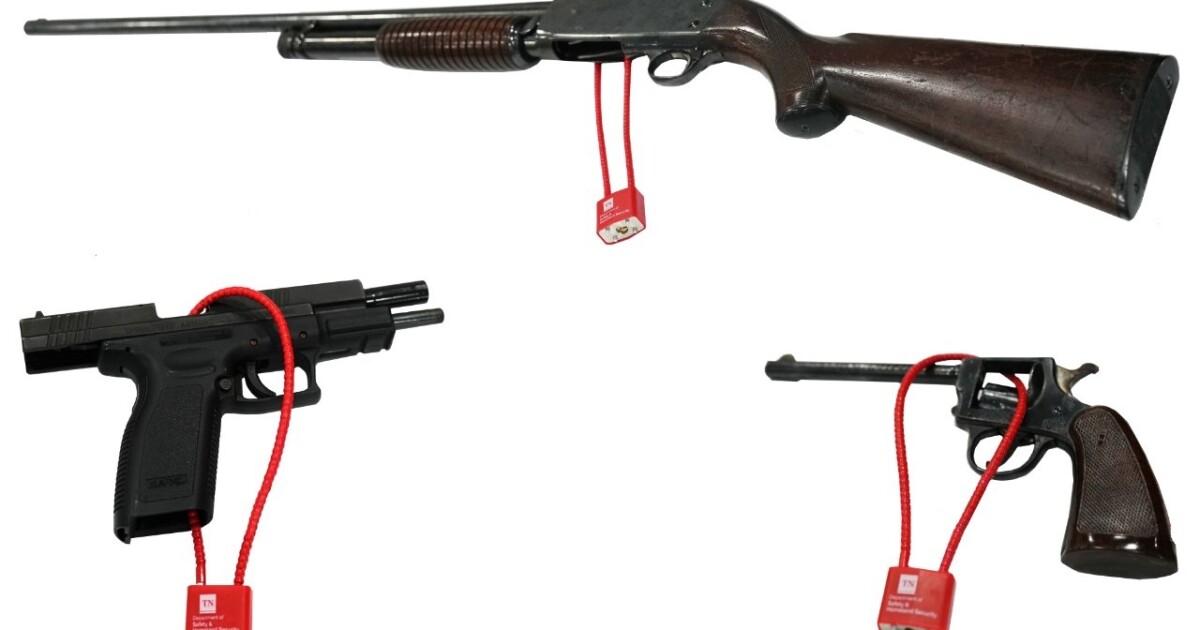The University of Michigan is advancing sustainable heating and cooling by testing deeper geoexchange technology. Employing oil and gas drilling methods, the university aims to enhance efficiency by installing a closed-loop system at greater depths. This innovative approach could significantly transform energy use on campus, aligning with U-M’s ambitious climate action goals.
Crews are drilling a test borehole reaching a depth of 1,600 feet, double the typical 800 feet depth of conventional geoexchange bores. These test bores are essential for assessing subsurface conditions and the performance of new geoexchange systems before full-scale installation. The results will inform the university’s capacity for sustainable heating and cooling, contributing to its Campus Plan 2050 aspirations.

“With this project, the University of Michigan is not only investing in renewably powered, highly efficient heating and cooling technologies, but also exploring innovative approaches that could accelerate our long-term energy transition efforts,” said Shana Weber, associate vice president for campus sustainability. “If successful, the approaches we’re testing today are poised to inform similar efforts locally and across the country.”
Geoexchange systems differ from traditional methods by using ground-sourced heat pumps that leverage Earth’s stable underground temperatures. The closed-loop system transfers heat without groundwater interaction, storing excess heat in summer and retrieving it in winter. This method is more efficient, helping achieve U-M’s carbon neutrality goals.
Beyond efficiency, geoexchange systems improve air quality and use less water than conventional systems, aligning with U-M’s plan to reduce on-campus greenhouse gas emissions by 2040. The borehole test aims to measure thermal energy performance at greater depths, potentially increasing efficiency. Results expected this fall will guide future geoexchange projects.
“The test well gives us critical data to understand the limits and potential of deeper geoexchange boring technologies to support our long-term carbon neutrality goals,” said Geoff Chatas, executive vice president and chief financial officer.

Geoexchange systems use stable rock layer temperatures to heat and cool buildings, unlike geothermal systems that tap into geologic “hot spots.” U-M’s closed-loop systems ensure no groundwater contact. This test follows other geoexchange projects, such as the Hayward Street system and Ginsberg Building system. These efforts contribute to large-scale, all-electric campus facilities under Campus Plan 2050.
“Sustainability is critically important for our students and campus community,” said Kambiz Khalili, associate vice president of student life. “Partnering across campus units allows our buildings to be at the leading edge of efficiency and sustainability, to meet the moment and encourage others to look to Michigan for solutions.”
The test borehole exemplifies U-M’s commitment to embedding innovation into campus planning and providing hands-on learning. Walbridge, a Michigan-based company, conducts the borehole test in collaboration with CUDD Pressure Control.
—
Read More Michigan News

